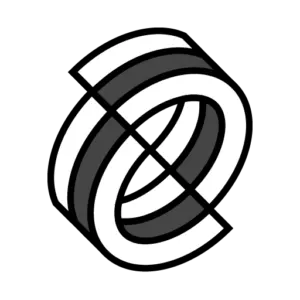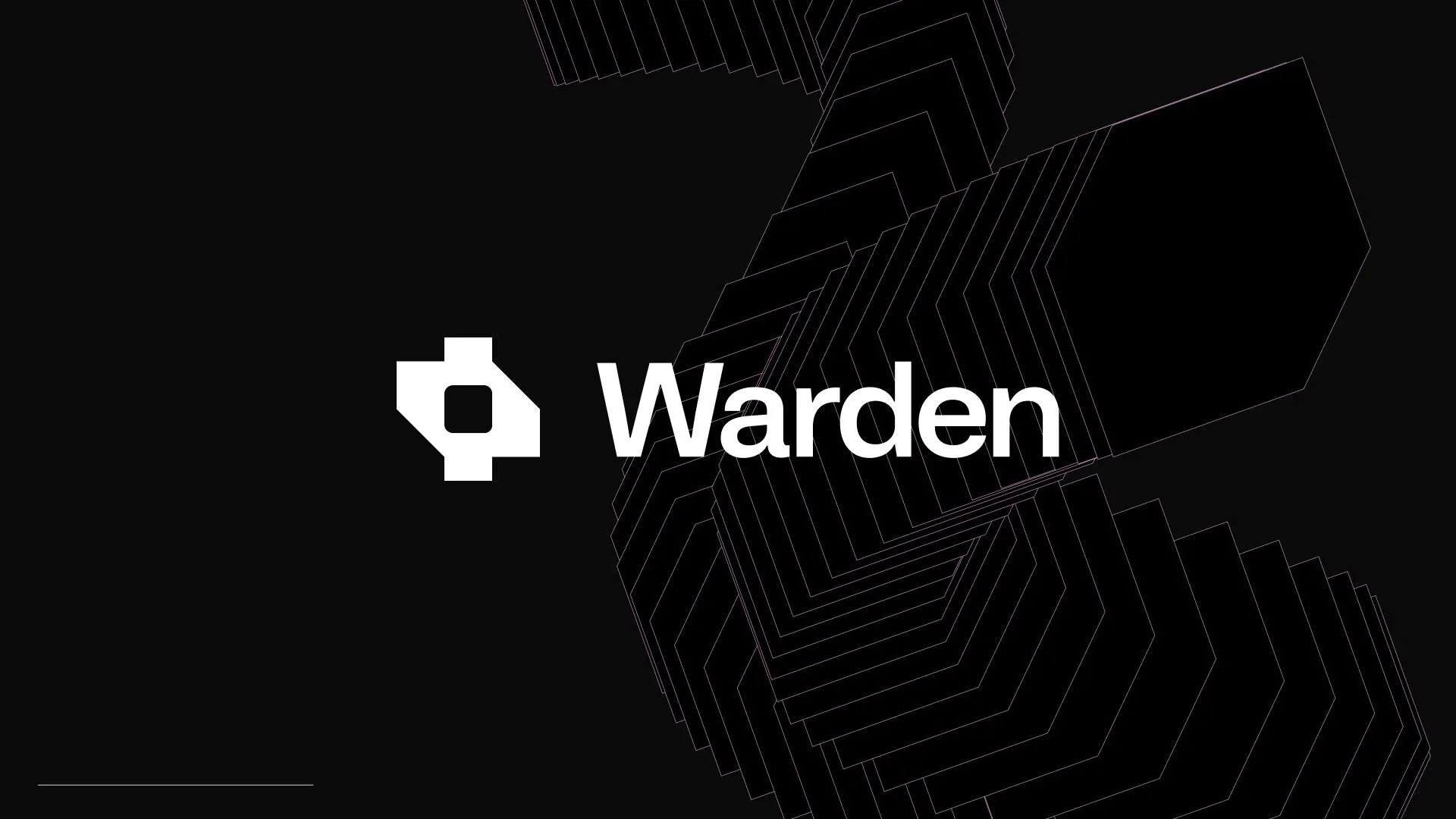Layer 1 blockchain Warden Protocol is building “supercharged” modular infrastructure for developers to create OApps, the next generation of Web3 decentralized apps.
“Building on web three is difficult—I don't think it has to be like that,” Warden Protocol co-founder David Pinger told Rug Radio’s FOMO Hour. The modular layer 1, he said, has developed a “supercharged blockchain infrastructure that builders can use to create the apps of tomorrow.”
“Builders want to build, they don't want to have to deal with complicated crypto stuff,” he added.
Warden Protocol aims to make building Web3 applications simple with “deep modules that abstract away the more complicated stuff in Web3,” Pinger said, including “cross-chain interoperability, cryptography, and even things like artificial intelligence going forward.”
🔴 LIVE NOW! Joined by today's show #partner, @wardenprotocol!https://t.co/UvyxiLSsNX
— FOMO HOUR (@fomohour) June 6, 2024
The layer 1 blockchain is designed to enable developers to create OApps, an evolution of smart contracts where decentralized apps (dapps) are omnichain by default. Its modular approach unbundles the blockchain’s application layer for greater security, decoupling protocol-layer security from application-layer security and enabling applications to deploy with different security models.
Chain abstraction, meanwhile, enables multiple wallets and accounts to be aggregated in one place, while OApps can sign transactions, read and write to multiple chains, enabling new use cases.
“We wanted to abstract away these complicated distributed key generation and signature processes away from developers,” said Pinger, arguing that, “nobody likes dealing with low-level primitives.” Warden Protocol, he added, provides “MetaMask-level security” for applications, while its omnichain model “lets developers create a seamless cross-chain experience.”
“We’re trying to really abstract away networks from users,” he said.
Incentivized Testnet Leaderboard
Warden Protocol has just launched its Incentivized Testnet Leaderboard, onboarding new users through a gamified experience that includes creating an offchain/onchain profile and completing one-time and recurring quests.
Participants earn WARP, a liquid representation of leaderboard rewards that makes them eligible for a portion of the upcoming airdrop for WARD, Warden Protocol’s ecosystem token.
“We just launched our quest dashboard,” Pinger told Rug Radio, adding that, “On that dashboard, you can do on-chain and off-chain activities,” that earn you experience points. “Depending on your experience points, you can receive tokenized points in the form of WARP tokens, and can accumulate those WARP tokens to be eligible for an airdrop.” The aim, he said, was to create “a more gamified experience for our users” and enable them to “directly engage” with Warden Protocol.
Interoperable, chain-abstracted OApps, said Pinger, are “gonna replace the traditional Web3 applications that we know and use today.” The technology could enable new applications like exchanges that can trade across multiple networks, or lending and borrowing applications where assets on one chain can be used as collateral on another. “Or it's something even more funky like a tokenized real world asset application that can transact and use liquidity for multiple chains,” Pinger added. “That's the type of thing that we want to enable.”
Follow Warden Protocol on Twitter and visit the Testnet Leaderboard at quests.wardenprotocol.org.
Sponsored post by Warden Protocol
Learn More about partnering with Decrypt.

